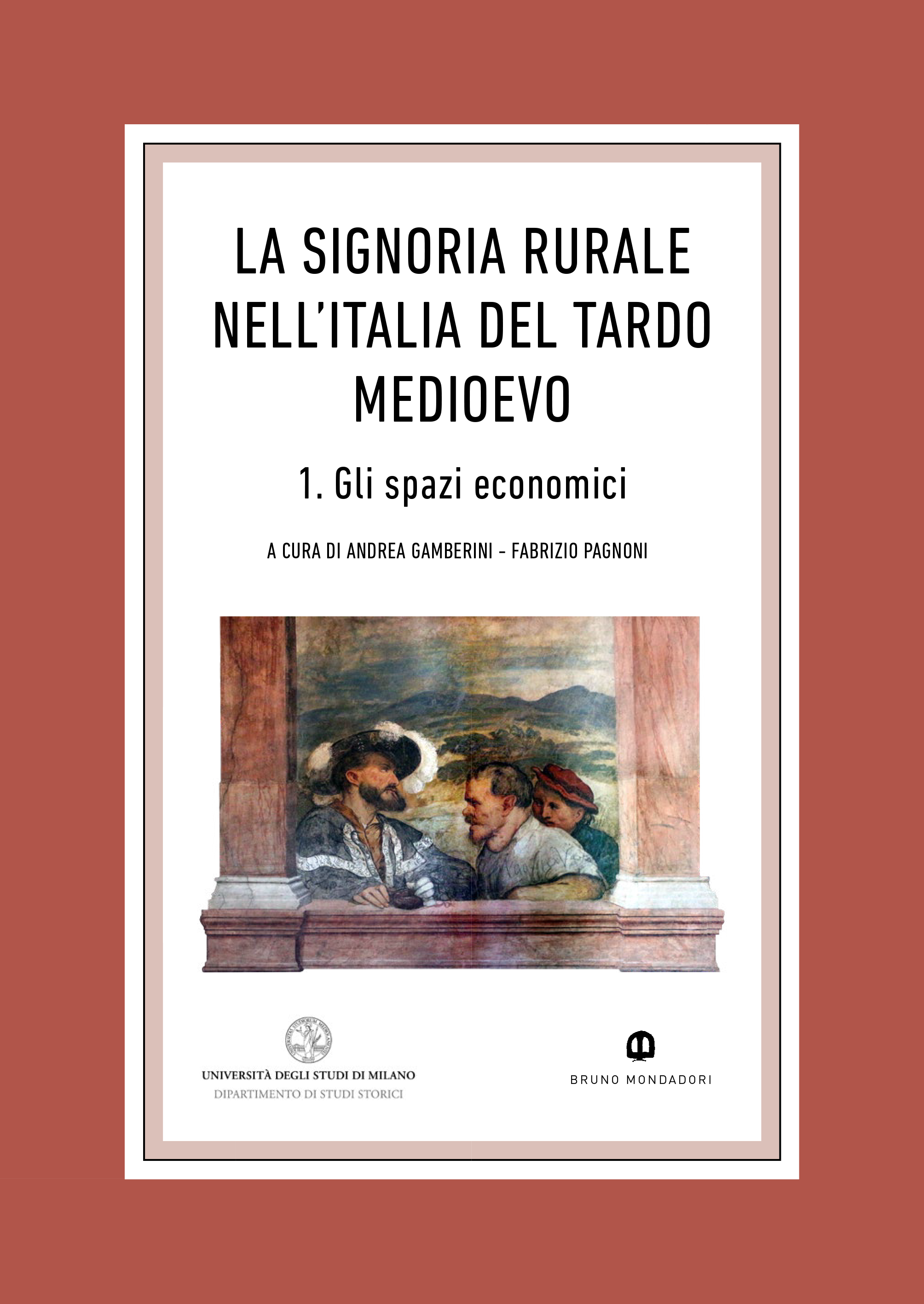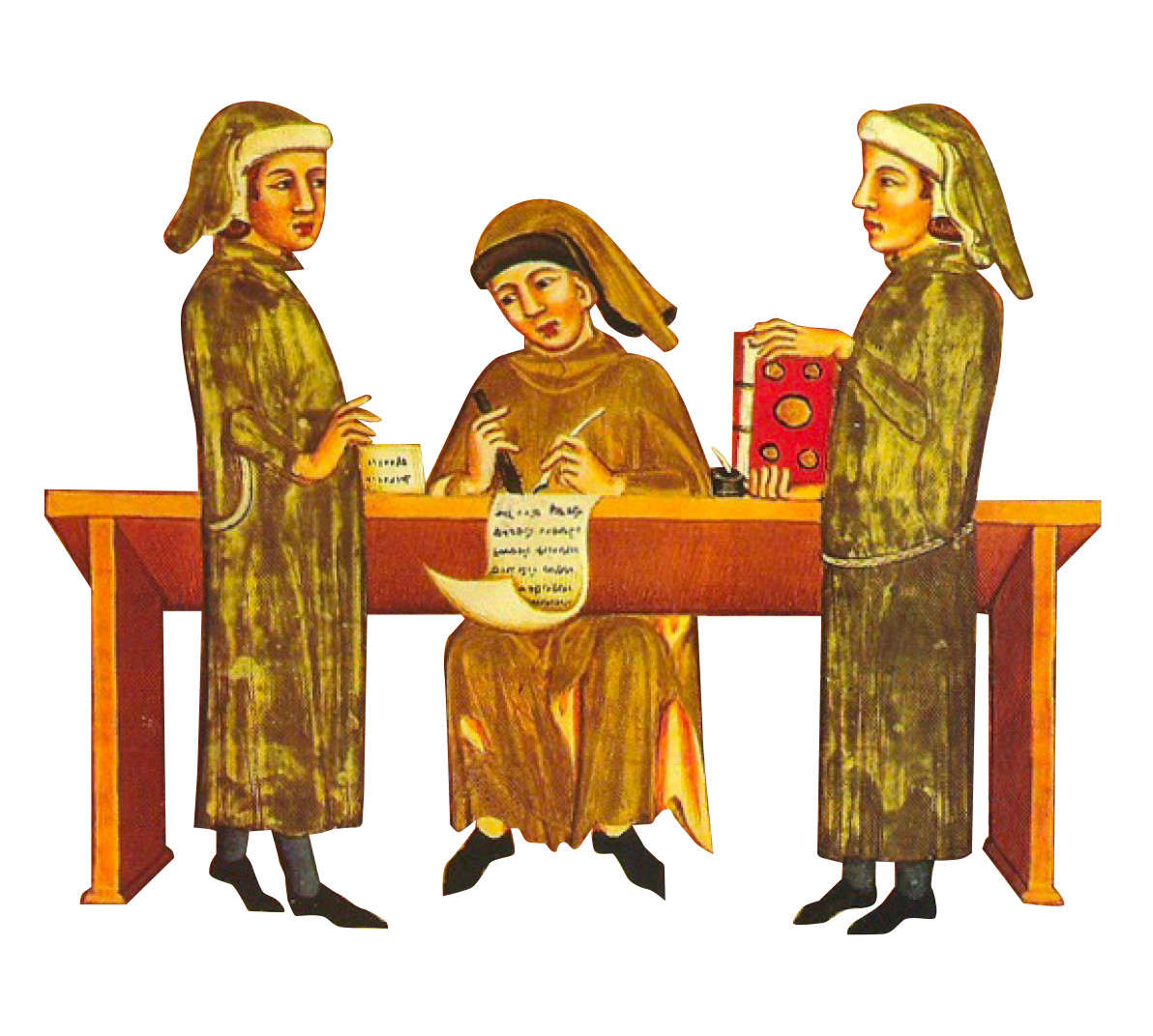The Tithes from Lords to Communities in Northern Lombardy (14th-16th Centuries)
DOI:
https://doi.org/10.54103/2611-318X/12995Keywords:
Alps, tithes, landlordship, peasant communitiesAbstract
The social role of tithes changed in many areas of northern Lombardy during the late Middle Ages: in the previous centuries they had been a symbolic and practical instrument of the rural lordship, while during this time they came under the control of the rural community, thanks to the acquisition or renting of collecting rights. Rural communities took advantage of noble familes’ financial difficulties; they weakened the position of the latter by not paying the amount due or taking their opponents to court, and by exploiting the divisions and the competition among the local lords. A more general context – 14th Century economic and social troubles, and the establishment of a new regional political authority – fostered the processes of social change. Particularly, in regard to tithing rights, communities ensured the possibility of withdrawing a large portion of livestock and agricultural products, and prevented new city and town elites from exclusively occupying the privileged positions that the once most powerful families in the valleys had lost.
Downloads
Downloads
Published
How to Cite
Issue
Section
License

This work is licensed under a Creative Commons Attribution-ShareAlike 4.0 International License.




